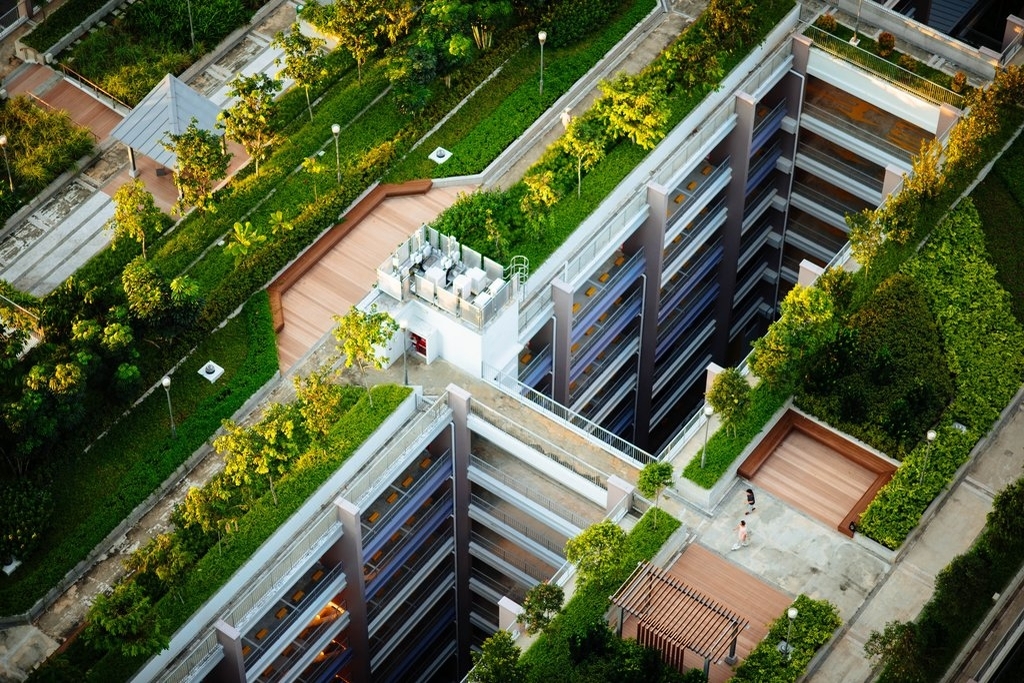An Unbiased View of City Blooming
An Unbiased View of City Blooming
Blog Article
About City Blooming
Table of ContentsGetting The City Blooming To WorkGetting My City Blooming To WorkThe Best Guide To City BloomingAn Unbiased View of City BloomingCity Blooming for Dummies
Intrigued in growing food available in the City of Chicago? Thinking of starting a community garden? Adjustments to the Chicago Zoning Ordinance enable farming uses like neighborhood gardens and metropolitan ranches in lots of components of the city. Below is a checklist of often asked questions relating to the guidelines and guidelines that cultivators need to consider when planning an urban farming job.
The zoning change does not change any type of other codes dealing with composting, structure permits, purchasing or leasing City owned property, service licenses or environmental contamination. There are existing codes that manage these issues and they remain completely result and might be applicable to your task. Area yards are normally owned or taken care of by public entities, public companies or community-based companies and maintained by volunteers.
Urban ranches grow food that is meant to be marketed, either on a not-for-profit or for-profit basis. Due to their commercial function, urban farms require a service certificate.
The Definitive Guide to City Blooming
Composting is permitted yet just for plant material that is created and utilized on site. The amount of garden compost material can not exceed 25 cubic lawns at any kind of offered time according to the criteria in 7-28-715 of the City's Municipal Code. Yes. Because the soil at the majority of new yard sites needs modifying, garden compost, soil, timber chips, or various other materials can be gotten to create or improve the expanding space - eco-friendly practices.

If a structure authorization is needed then the hoophouse will be taken into consideration an accessory building. You can figure out more about the structure permit needs by speaking to the Division of Buildings. The 25,000-square-foot dimension limit is intended to prevent a solitary community garden from controling a provided block or interfering with the block's existing domestic or business personality.
The limit does not apply to yards located in Public Open Room (POS) areas. Can there be greater than one neighborhood garden that is 25,000 square feet on a single block? Yes. The dimension restriction relates to private yards, not to private blocks. No. Fence is not required, nevertheless, yards that have huge parking lot might be required to set up fence or various other landscaping functions.
Not known Facts About City Blooming
B1 & B2 areas call for that all business usage activities be conducted indoors. R areas restrict commercial task. The laws reflect the function and intent of the Zoning Code. Is fencing required for urban ranches? Yes. Fences may be needed, in addition to landscape design and testing, for sure parking lot and outdoor work or storage areas depending on area and the specific task taking place.
Urban farms call for building licenses and zoning approvals prior to construction (indoor plants). Other types of city evaluation may be required depending on specific structures, activities, dimension, landscaping, licensing, public health and stormwater management issues.
The Division of Organization Matters and Customer Security can help establish the certain kind of service certificate that's needed. Off road auto parking is needed for many commercial projects in Chicago. The called for number of car parking areas is based on the number of employees you could try this out functioning on website and not the square video of the expanding space.
City Blooming Things To Know Before You Get This

An urban ranch can sell garden compost material generated on website, however, the procedure has to abide with the regulations in 7-28-715 of the Chicago Municipal Code. Aquaponic systems are allowed indoors on urban farms in several zoning districts.
Up to five hives or nests of honey might be kept as an accessory use. Beekeepers need to sign up with the Illinois Division of Agriculture. For additional information regarding the recommended zoning amendment you may call the Division of Housing and Economic Development, Bureau of Preparation and Zoning at 312.744.8563.
, which takes location in country locations at the edge of suburban areas.
The Single Strategy To Use For City Blooming
, that seek to develop social networks started on a common principles of nature and neighborhood holism. These networks can establish by means of official institutional support, coming to be integrated right into neighborhood town planning as a "shift community" motion for sustainable city advancement.
Some of the initial proof of urban agriculture comes from Mesopotamia.
Report this page